The Colors Of India.
Few countries in the world are as colorful as India. Red, white and orange have have always been the most prominent colors of Hinduism and are regularly worn (particularly in religious ceremonies) in India for more than 2000 years. Of course there are many more than just these three and I would like to tell you a little bit about them…
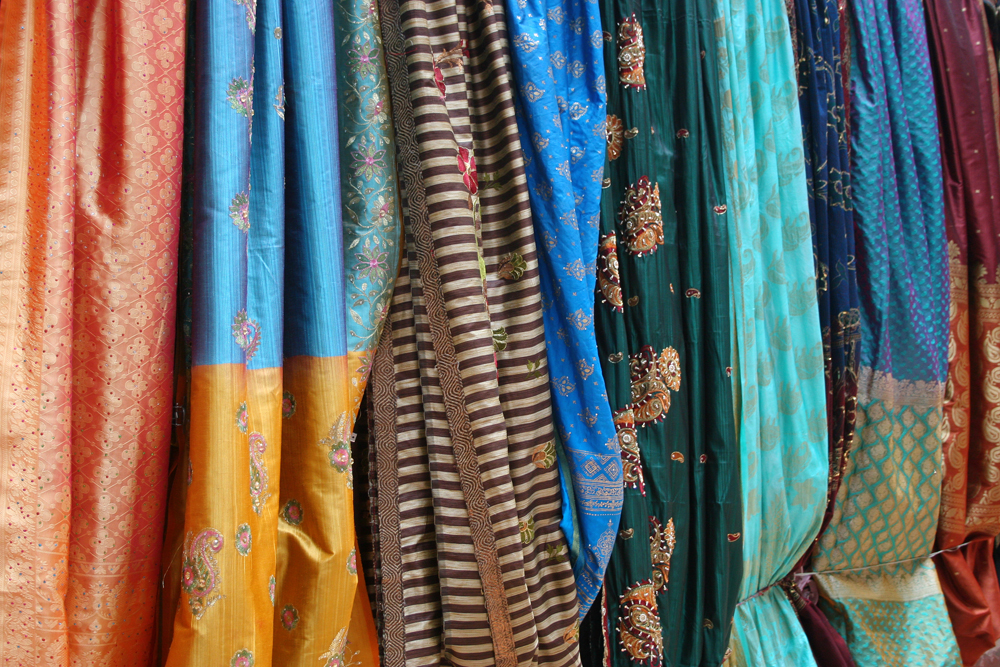
Red.
Red stands for purity and therefore is the preferred color for a bride’s wedding garment. Red is also the color associated with one of the most revered goddesses in Hindu mythology – Durga. Her scarey image is enhanced by her red tongue and almost red eyes (othing for a good-night-story…). In the southern half of India, red is the color of violence and disruption.
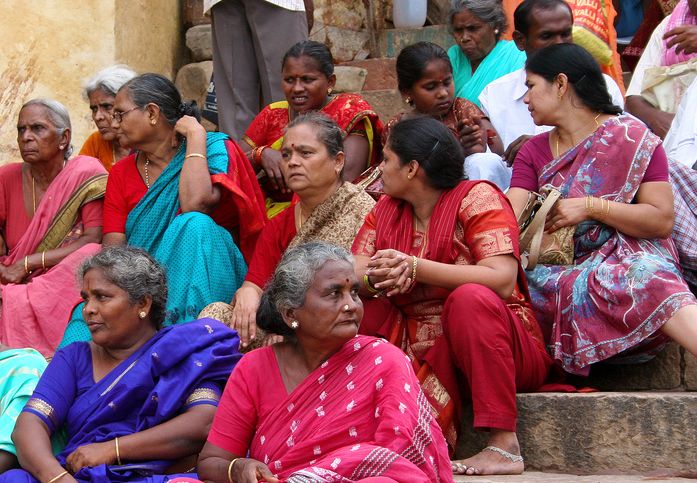
White.
White is the acceptable color at funerals and ceremonies that mark death in the family (which I think is much better than black…). It’s also the only color widows are allowed to wear. White is also widely (not only in India) accepted as the color of peace and purity.
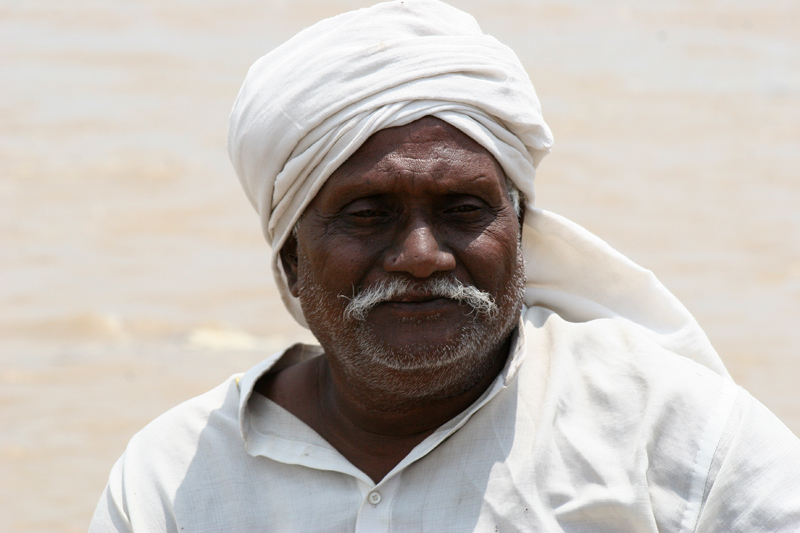
Orange.
Orange is the most dominat color in all of India. The orange (dark saffron) in the Indian flag stands for courage & sacrifice.The Hindus belief, orange represents the “sacral chakra”. Chakra is a concept originating in Hindu texts, featured in tantric traditions of Hinduism and Buddhism.
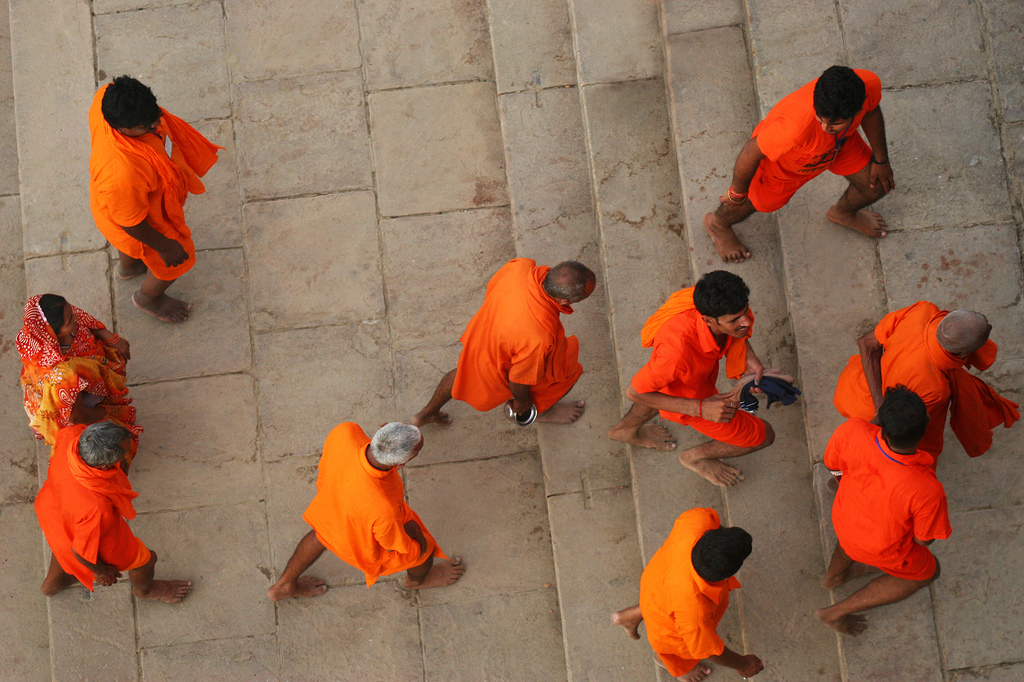
Blue.
Blue is the color of the sky and ocean; It’s perceived as a constant in our lives. In India the color blue is associated with Lord Krishna, one of the most favored Gods in India. If you think of the color blue & India, the city Jodhpur (known as the “Blue City” or “Sun City”) might also come to your mind. A sea of aqua blue houses are beautifully arranged side by side. The city is based right in the Thar desert, which makes it even more impressive…
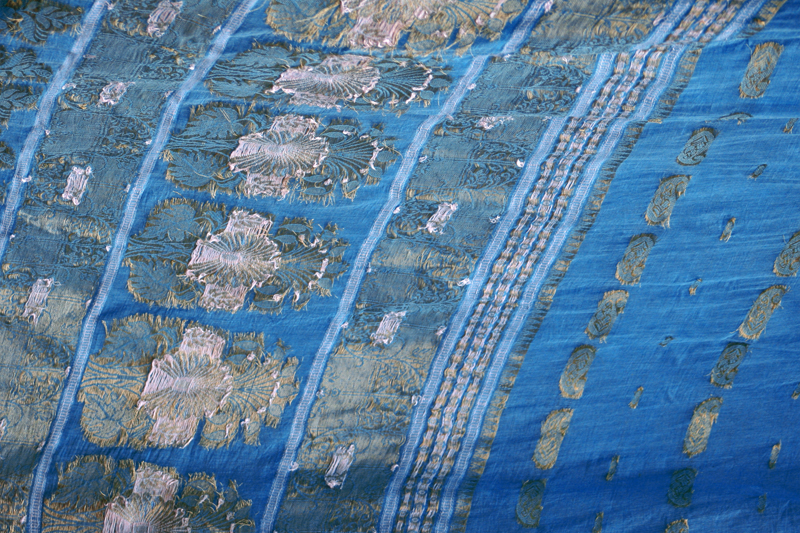
Green.
Green symbolizes a new beginning, harvest and happiness. It also symbolizes nature and therefore is a manifestation of God himself. Green is also the revered color of Islam; a large religious presence (about 30 %) in India.
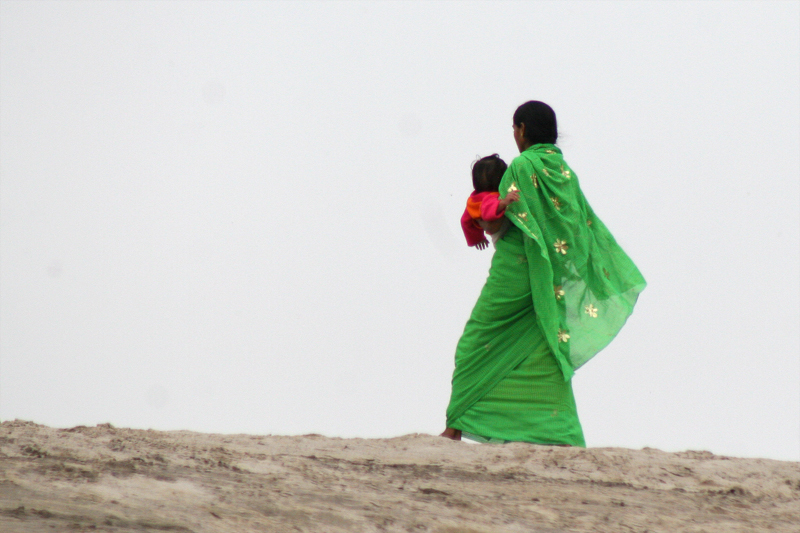
Yellow.
Yellow symbolizes sanctity and is an essential herbal ingredient applied on the body and face by women in India. When I think of yellow & India my firsth though is a yummy curry ;)
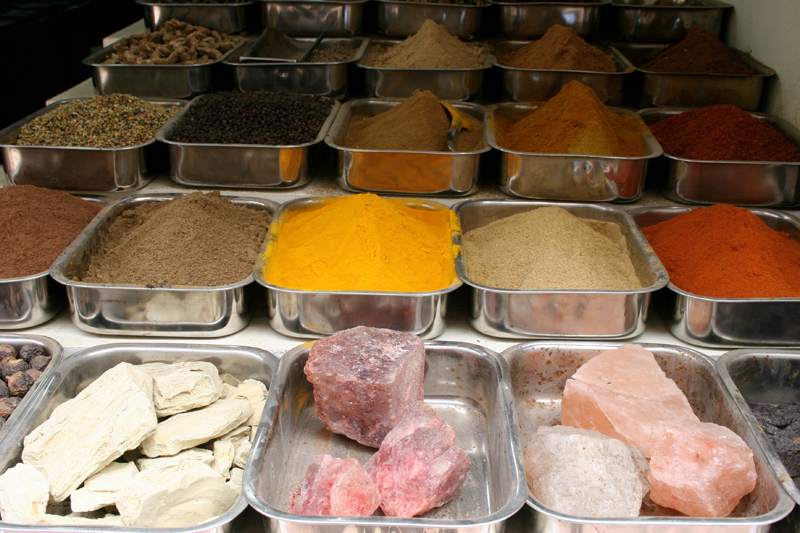
Black.
In India, black is referred to with desirability, evil, negativity, and inertia. It represents anger and darkness and is associated with the absence of energy, barrenness, and death. It’s used as a representation of evil and to ward off evil.
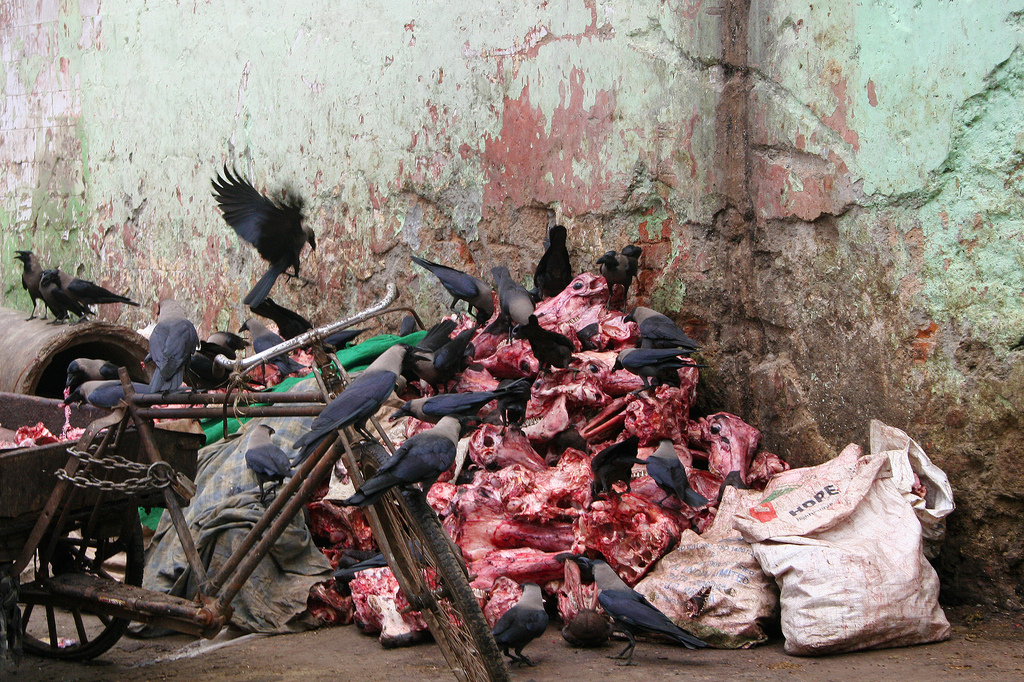
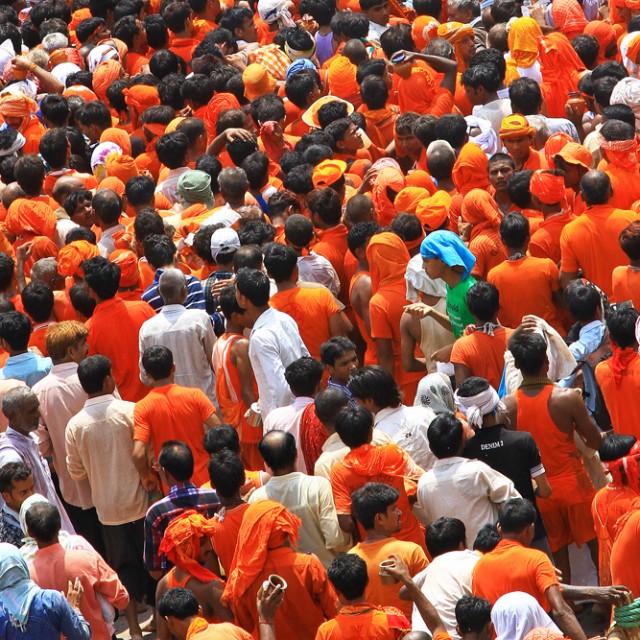
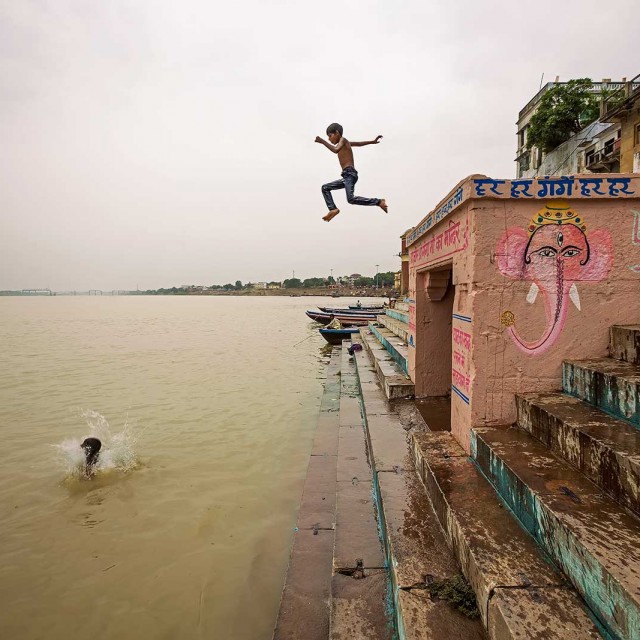
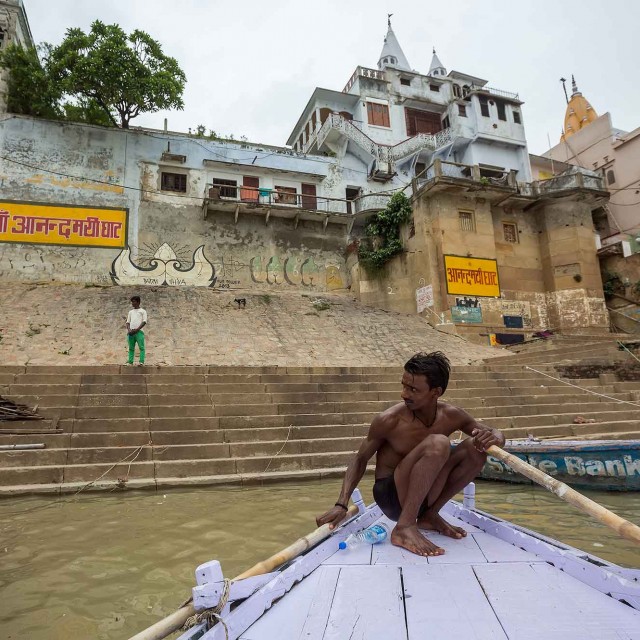
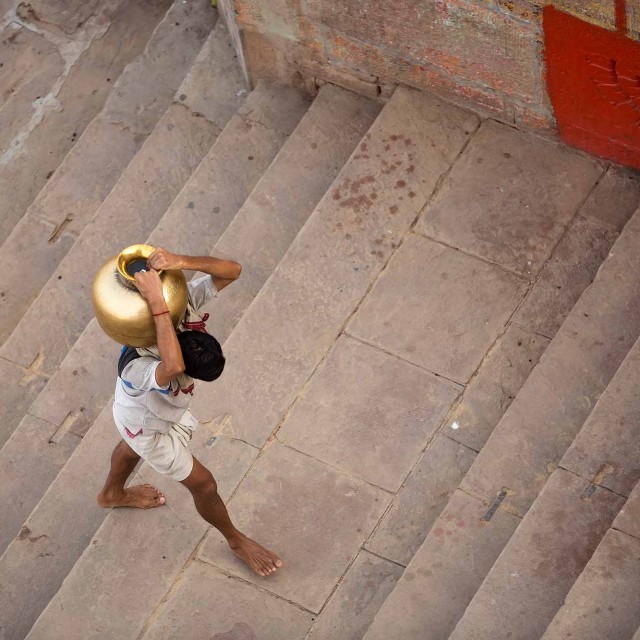
Join the Discussion
“The Colors Of India.”
Want to be more color full? Play Holi in India, Holi is celebrated in March, and people play with colors, by coloring everyone face with different colors. One of my favorite festival.
Check out this picture — http://davidrager.org/blog/images/holi02.jpg
Hey Veer,
Yeah The Holi festival must be the most colorful one there is. It’s very high on my “to-travel & to-see” list ;) Thanks for posting the photo!
It is really a very nice article… cheers keep traveling.
Thanks Anshul :)